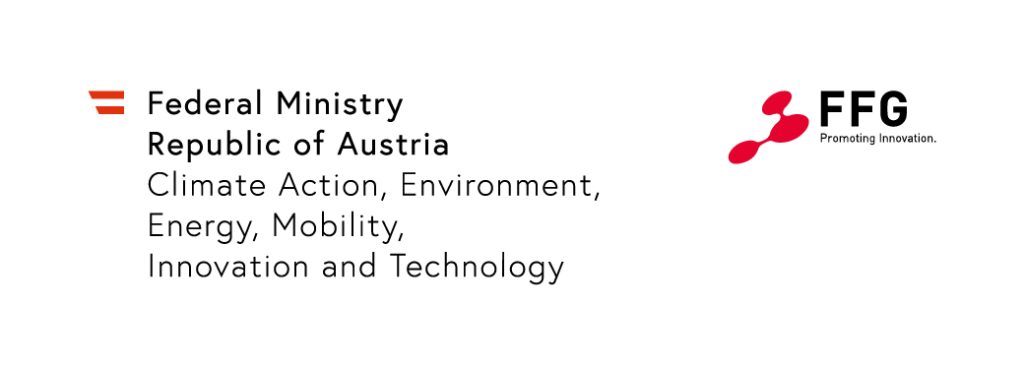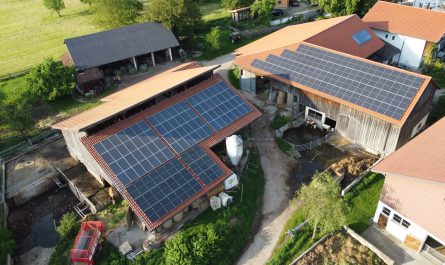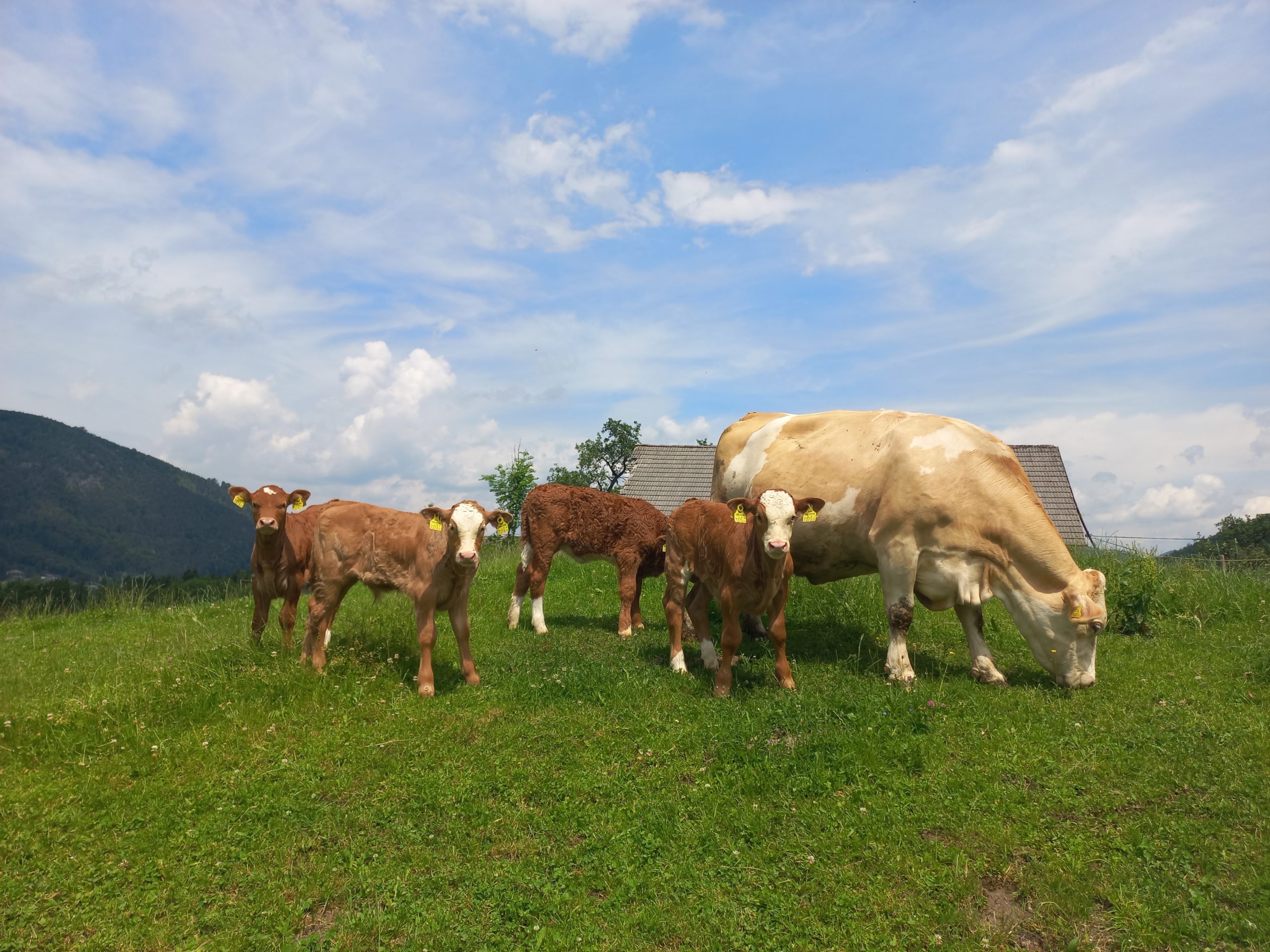Project title: Potential for private-public collective transport in rural areas for commuters

The mobility behaviour of the resident population in rural regions is characterised by motorised private transport.
Motorised private transport is a burden for the ecosystem and the largest greenhouse gas (GHG) emitter in the transport sector with a still increasing trend. This is reinforced by the low occupancy rate in motorised private transport. Urbanisation – especially the centralisation of jobs in cities – leads to longer commutes from rural areas to cities and increases car dependency in rural areas.
One possibility for increasing the occupancy rate and reducing the use of private cars is the creation of a service for the so-called first and last mile in commuter traffic. The „first“ and „last mile“ is the distance between home and the nearest public transport. Possible solutions are micro-public transport shuttles as an on-demand service and ride-sharing offers.
Commuter traffic offers good conditions for the success of ride-sharing and on-demand services due to the regularity and bundling along a transport axis at similar times. Optimised routing and capacity utilisation then bring the hoped-for reduction in GHG emissions.
Project lead: STUDIA
Project partner: University of Applied Sciences Upper Austria Campus Hagenberg (Research Group Networks and Mobility)
This project is funded by the Austrian Research Promotion Agency: www.ffg.at




